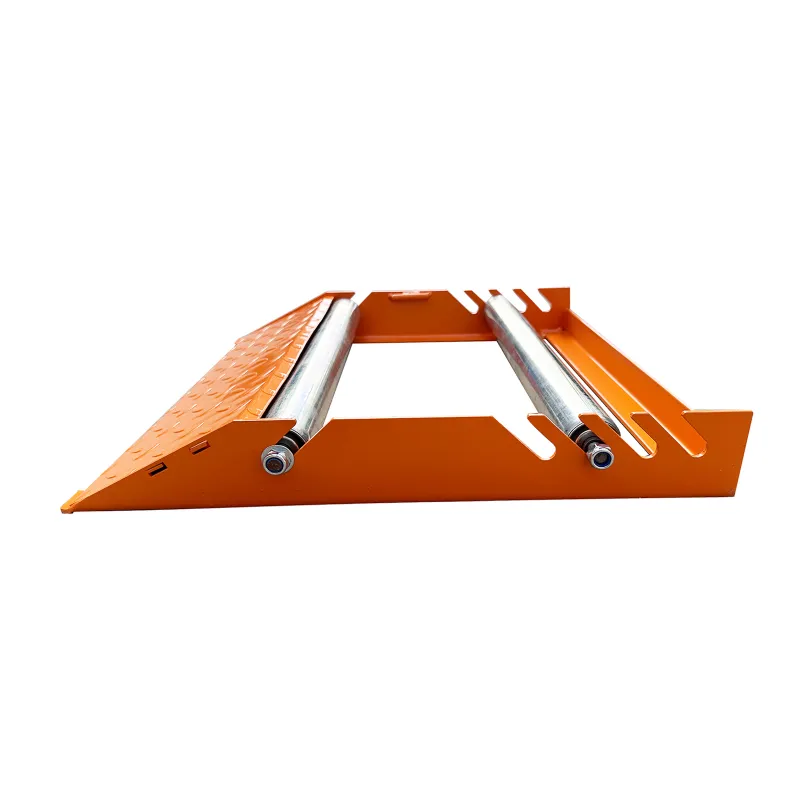
-
 Afrikaans
Afrikaans -
 Albanian
Albanian -
 Amharic
Amharic -
 Arabic
Arabic -
 Armenian
Armenian -
 Azerbaijani
Azerbaijani -
 Basque
Basque -
 Belarusian
Belarusian -
 Bengali
Bengali -
 Bosnian
Bosnian -
 Bulgarian
Bulgarian -
 Catalan
Catalan -
 Cebuano
Cebuano -
 Corsican
Corsican -
 Croatian
Croatian -
 Czech
Czech -
 Danish
Danish -
 Dutch
Dutch -
 English
English -
 Esperanto
Esperanto -
 Estonian
Estonian -
 Finnish
Finnish -
 French
French -
 Frisian
Frisian -
 Galician
Galician -
 Georgian
Georgian -
 German
German -
 Greek
Greek -
 Gujarati
Gujarati -
 Haitian Creole
Haitian Creole -
 hausa
hausa -
 hawaiian
hawaiian -
 Hebrew
Hebrew -
 Hindi
Hindi -
 Miao
Miao -
 Hungarian
Hungarian -
 Icelandic
Icelandic -
 igbo
igbo -
 Indonesian
Indonesian -
 irish
irish -
 Italian
Italian -
 Japanese
Japanese -
 Javanese
Javanese -
 Kannada
Kannada -
 kazakh
kazakh -
 Khmer
Khmer -
 Rwandese
Rwandese -
 Korean
Korean -
 Kurdish
Kurdish -
 Kyrgyz
Kyrgyz -
 Lao
Lao -
 Latin
Latin -
 Latvian
Latvian -
 Lithuanian
Lithuanian -
 Luxembourgish
Luxembourgish -
 Macedonian
Macedonian -
 Malgashi
Malgashi -
 Malay
Malay -
 Malayalam
Malayalam -
 Maltese
Maltese -
 Maori
Maori -
 Marathi
Marathi -
 Mongolian
Mongolian -
 Myanmar
Myanmar -
 Nepali
Nepali -
 Norwegian
Norwegian -
 Norwegian
Norwegian -
 Occitan
Occitan -
 Pashto
Pashto -
 Persian
Persian -
 Polish
Polish -
 Portuguese
Portuguese -
 Punjabi
Punjabi -
 Romanian
Romanian -
 Russian
Russian -
 Samoan
Samoan -
 Scottish Gaelic
Scottish Gaelic -
 Serbian
Serbian -
 Sesotho
Sesotho -
 Shona
Shona -
 Sindhi
Sindhi -
 Sinhala
Sinhala -
 Slovak
Slovak -
 Slovenian
Slovenian -
 Somali
Somali -
 Spanish
Spanish -
 Sundanese
Sundanese -
 Swahili
Swahili -
 Swedish
Swedish -
 Tagalog
Tagalog -
 Tajik
Tajik -
 Tamil
Tamil -
 Tatar
Tatar -
 Telugu
Telugu -
 Thai
Thai -
 Turkish
Turkish -
 Turkmen
Turkmen -
 Ukrainian
Ukrainian -
 Urdu
Urdu -
 Uighur
Uighur -
 Uzbek
Uzbek -
 Vietnamese
Vietnamese -
 Welsh
Welsh -
 Bantu
Bantu -
 Yiddish
Yiddish -
 Yoruba
Yoruba -
 Zulu
Zulu


सेप . 05, 2024 06:04 Back to list
High-Precision Fiber Cutter for Advanced Material Processing
Understanding Fiber Cutters A Key Tool in Modern Manufacturing
In today's fast-paced manufacturing environment, precision and efficiency are paramount. One of the tools that have gained significant traction in this domain is the fiber cutter. As industries shift towards automation and advanced manufacturing processes, fiber cutters have emerged as a vital component in a variety of applications, particularly in cutting and shaping materials such as metals, plastics, and composites.
A fiber cutter, commonly equipped with a high-powered laser, utilizes a focused beam of light to cut through materials with remarkable precision. Unlike traditional cutting methods, which often involve mechanical blades or saws, fiber cutters work by directing intense energy onto a small area. This results in minimal heat-affected zones, reducing distortion and allowing for cleaner, more accurate cuts. This feature is particularly beneficial in industries such as aerospace, automotive, and electronics, where precision is critical.
One of the main advantages of fiber cutters is their speed. When compared to conventional cutting methods, fiber lasers operate at higher speeds, resulting in increased productivity. This efficiency translates to cost savings for manufacturers, as they can produce more parts in less time while maintaining high-quality standards. Moreover, the automation capabilities of fiber cutters mean that they can be integrated into a larger production line seamlessly, allowing for continuous operation and reduced labor costs.
fiber cutter

The versatility of fiber cutters is another compelling reason behind their growing popularity. They can handle a wide range of materials – from thin sheets of stainless steel to intricate designs in acrylic – making them suitable for various industries. This adaptability means that manufacturers can rely on a single machine for multiple applications rather than investing in different equipment for different materials.
Environmental considerations are also becoming increasingly important in manufacturing. Fiber cutters are known for their efficiency, which often translates to lower energy consumption compared to traditional cutting methods. Additionally, the precision of fiber cutters minimizes waste, maximizing material utilization and contributing to more sustainable manufacturing practices.
However, it's important to note that the implementation of fiber cutters does come with challenges. Initial investment costs can be high, and operators must be trained to handle the technology safely and effectively. Ongoing maintenance and repair can also add to the operational costs. Nevertheless, the long-term benefits often outweigh these drawbacks, particularly for businesses that require high precision and rapid turnaround times.
In conclusion, fiber cutters represent a significant advancement in cutting technology, providing manufacturers with enhanced precision, speed, and versatility. As industries continue to evolve, the demand for efficient and eco-friendly tools will likely drive further innovations in fiber cutting technology. By investing in fiber cutters, manufacturers can not only improve their production capabilities but also ensure they remain competitive in an ever-changing market landscape.
Latest news
What Are Construction Tools and How Are They Used?
NewsJul.11,2025
Professional-Grade Duct Rodding Tools for Superior Cable Installation
NewsJul.11,2025
Enhancing Safety and Efficiency with Modern Hot Stick Solutions
NewsJul.11,2025
Empowering Cable Installation with Advanced Rodder Solutions
NewsJul.11,2025
Elevate Your Cable Installation Projects with Cable Pulling Tools
NewsJul.11,2025
Efficient Cable Handling Solutions: Cable Rollers for Sale
NewsJul.11,2025











